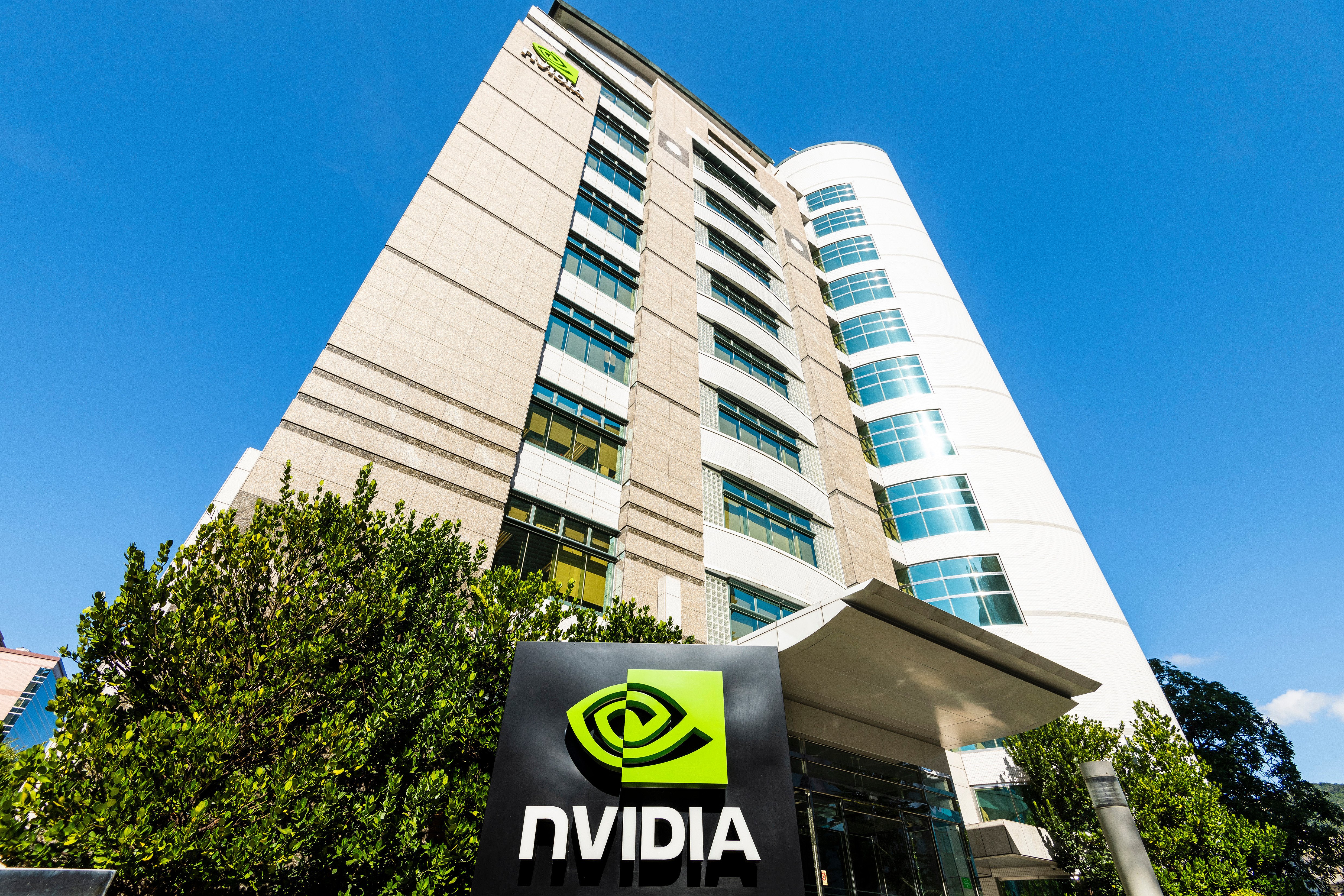The way we play is changing. The gaming landscape is evolving rapidly, with new trends reshaping various categories in the industry — indie games, AAA console releases, mobile games, and more.
Among these, one of the most impactful categories has been mobile games. As mobile technology advances, this sector has not only expanded in reach but also influenced other parts of the gaming industry, pushing the boundaries of monetization models, game design, and user engagement.
This blog will introduce unique ways Japanese mobile games have contributed to this global transformation, shaping trends and setting new standards for what mobile gaming can achieve. It will discuss successful cases and effective strategies that can be inspiring to game developers in the US and other regions.
How cultural preferences shape game design in Japan
Japanese mobile games often reflect deep cultural nuances, including a strong focus on character-driven narratives, RPG elements, and anime-inspired visuals. These design choices resonate deeply with local audiences and influence the development of games that feel distinctly Japanese.
Games like Fate/Grand Order and Granblue Fantasy showcase not only engaging gameplay but also storytelling drawn from Japanese folklore, historical events, and anime culture. As global interest in anime and Japanese culture grows, these games are gaining traction abroad.
Western developers could learn from these culturally rich approaches, blending local traditions with global trends to create unique cross-cultural games.

Fate/Grand Order gameplay screen (source)

Granblue Fantasy gameplay screen (source)
Comparing hit titles and genres between Japan and the US
In Japan, RPGs, visual novels, and puzzle games dominate. Monster Strike, which has generated over $9 billion in lifetime revenue, showcases the appeal of strategic RPGs. Meanwhile, the US market tends to favor casual games such as Candy Crush Saga, Royal Match, and Monopoly Go!.
This is the top 10 grossing games of July 2024:

Source: Sensor Tower
When broken down into game genres:

Source: Sensor Tower
What we can learn from the data is that the US market tends to favor more casual, clicker-style games, whereas the Japanese market is known for its narrative-driven and strategic genres.
This difference underscores the critical importance of selecting the appropriate genre and gameplay mechanics when planning a global release. To maximize success, it’s crucial to align the game’s genre with the preferences and spending habits of the target region.
For instance, when aiming to release a game in the US, developers might focus on casual games with easy-to-understand mechanics and high replay value, which have proven to engage users effectively and generate consistent revenue. On the other hand, in Japan, emphasizing deep narratives and complex strategic elements could resonate more with players who are accustomed to these styles, potentially leading to higher engagement and monetization.
The expansion of Japanese IP into global markets
Japanese IPs are finding success abroad, with Fate/Grand Order leading the way with $7 billion in revenue. Additionally, Dragon Ball Z Dokkan Battle has generated over $3 billion globally. Collaborations with Western developers can further expand these IPs internationally, creating opportunities for both markets.
.webp?width=500&height=281&name=unnamed%20(2).webp)
Image 3: Dragon Ball Z Dokkan Battle app store image
Recently, non-Japanese companies have also begun harnessing the power of major IPs, as seen with Solo Leveling: ARISE, a South Korean webtoon, adapted to a Japanese anime, which was released globally recently. The Seven Deadly Sins: Idle, one of the most successful anime globally which has aired for 4 seasons, is adapted to an Idle RPG, both coming up on grossing rankings. These examples show that leveraging popular IPs across cultures is increasingly becoming a successful strategy, especially for studios aiming to make a significant impact in the global market.

App store image of Solo Leveling: ARISE (source)
.webp?width=500&height=281&name=unnamed%20(1).webp)
App store image of The Seven Deadly Sins: Idle (source)
The future of Japanese mobile gaming innovation
Japan’s gacha system, a form of monetization where players use real or in-game currency to unlock random virtual items, has heavily influenced global mobile gaming.
Mobile games like PUBG Mobile and Garena Free Fire have adopted elements of this system, incorporating loot boxes and random rewards to engage players. The trend continues to grow, with more mobile games exploring similar monetization strategies, blending gacha mechanics with other revenue models such as battle passes and limited-time events. As global regulators increasingly scrutinize loot box mechanics, Japanese studios remain pioneers, pushing the boundaries of engagement and monetization.

PUBG Mobile loot box system screen (source)

PUBG x Dragon Ball collab promo picture (source)
Takeaways for Western developers
As the gaming industry continues to expand and diversify, understanding the distinct preferences of players in various markets is critical to achieving global success. Here are some key insights for developers aiming to resonate with a global audience:
Understand regional preferences
Different regions have distinct preferences when it comes to gameplay. For example, while casual, clicker-style games are highly popular in the US, Japanese players tend to favor narrative-driven and strategic games. Developers should consider these preferences when designing games or planning global releases. It’s essential to adapt the gameplay experience to align with the target audience's expectations in each region.
Leverage cross-cultural appeal
While it’s important to cater to local tastes, the most successful games often have a universal appeal that transcends cultural boundaries. Games that blend elements from different regions—such as combining Japanese-style RPG mechanics with Western action elements—can attract a broader audience. Developers should aim to create games that resonate on multiple levels, making them accessible and enjoyable for players worldwide.
Strategic use of popular IPs
Leveraging well-known IPs can be a powerful strategy for penetrating new markets. Whether collaborating with popular anime series for an Asian release or partnering with Hollywood franchises for Western audiences, these IPs bring built-in fanbases that can drive initial interest and long-term engagement. Global developers should explore partnerships that align with the preferences of their target markets.
Adapt monetization strategies for global markets
Monetization models like gacha and loot boxes have seen varying degrees of success worldwide. While these systems originated in Asia, their global adoption requires careful adaptation to meet local regulations and cultural expectations. Developers should be mindful of these factors when designing their monetization strategies, ensuring they are effective yet respectful of regional sensitivities.
Conclusion
If this overview of the Japanese and US mobile gaming scene has sparked your interest, there’s much more to explore! Going forward, we’ll take a deeper dive into the numbers, comparing KPIs like retention rates, ARPU (Average Revenue Per User), DAU (Daily Active Users), and more between major game titles from Japan and the global market. Understanding these metrics can provide even more insight into the strengths and strategies of successful mobile games.
Stay tuned for future posts where we break down the data and unlock the secrets behind the biggest mobile gaming successes!
If you're an investor or LP looking for partnership opportunities, reach out to us at hello@gfrfund.com. For startups, please pitch to us by filling out this form. We'd love to hear from you!





